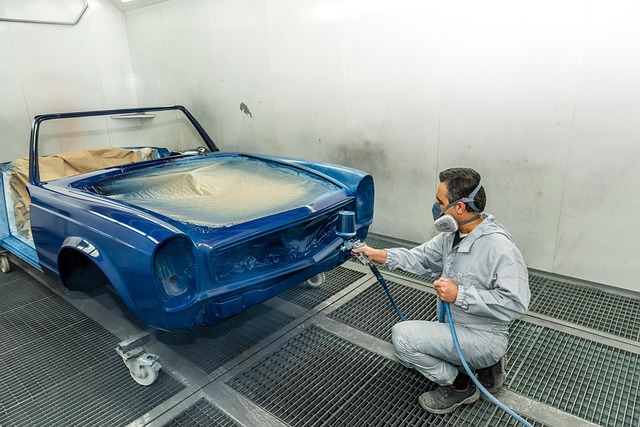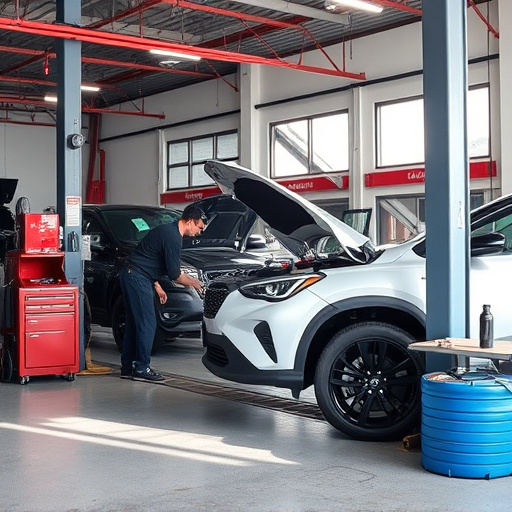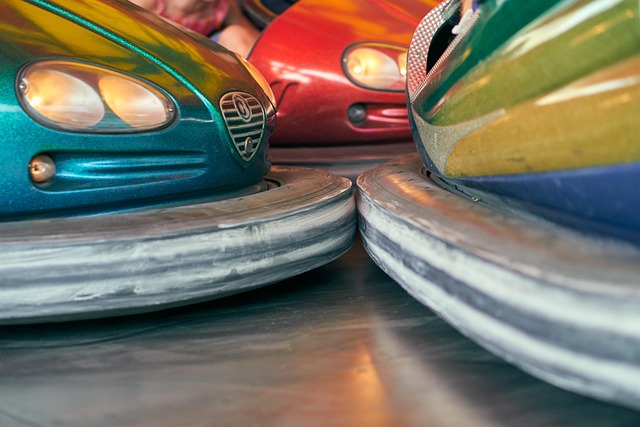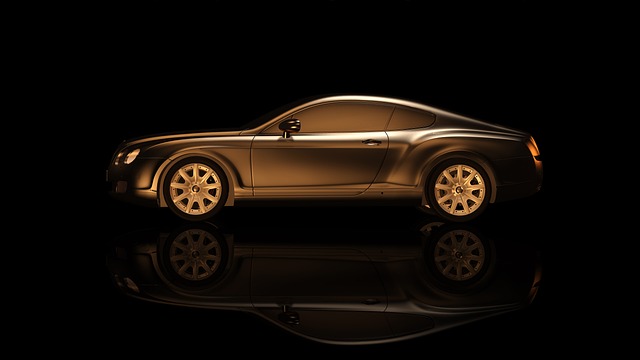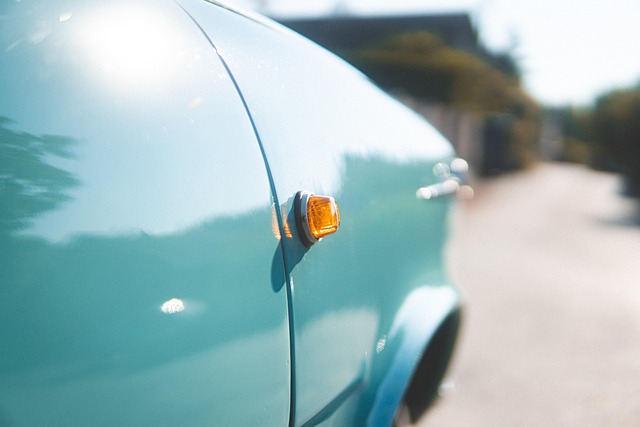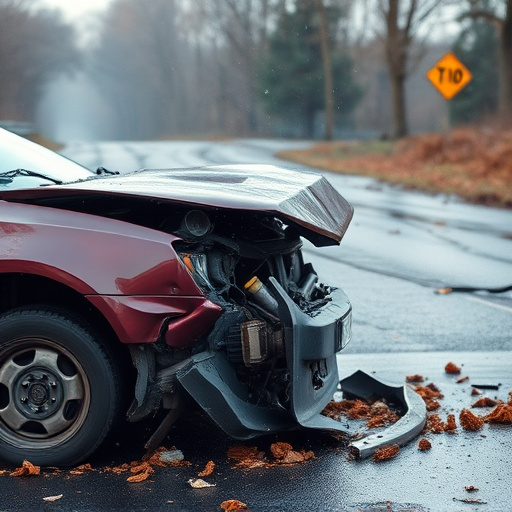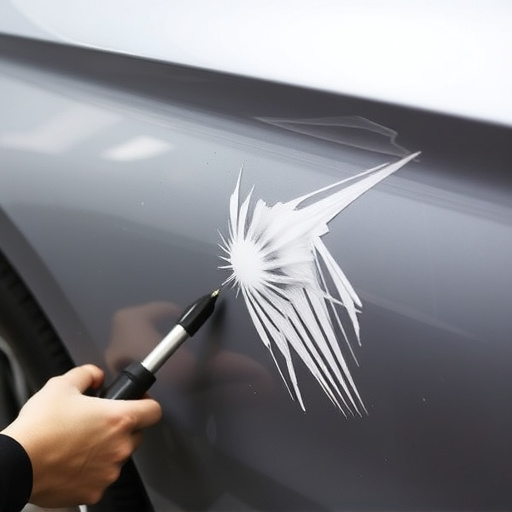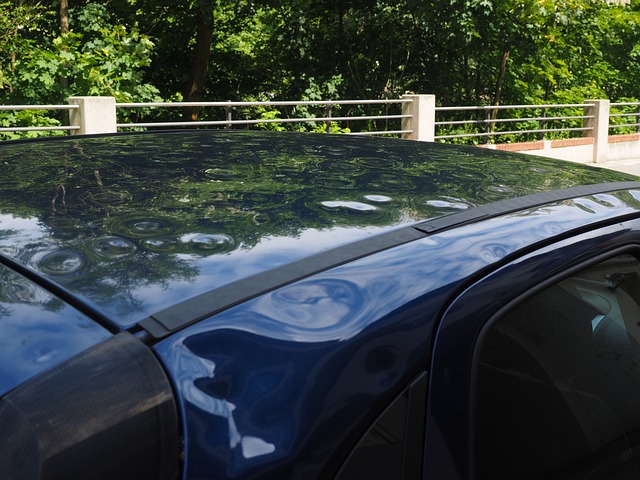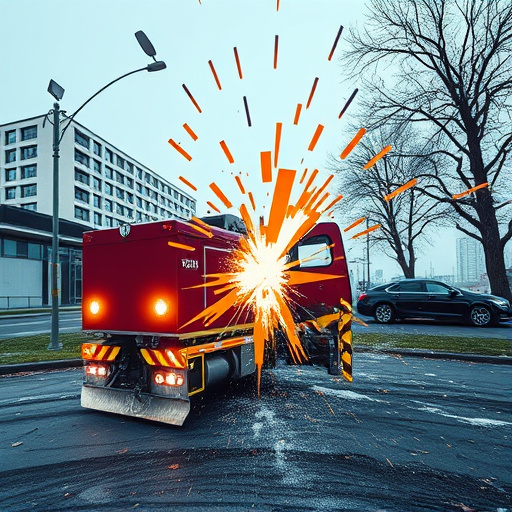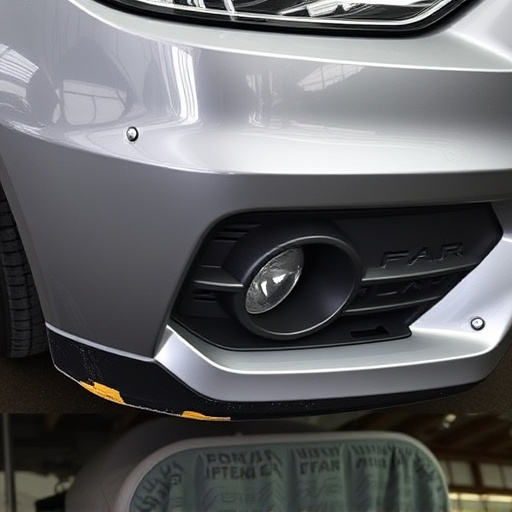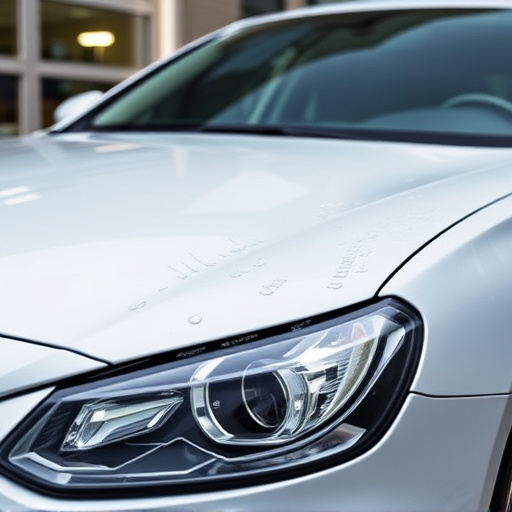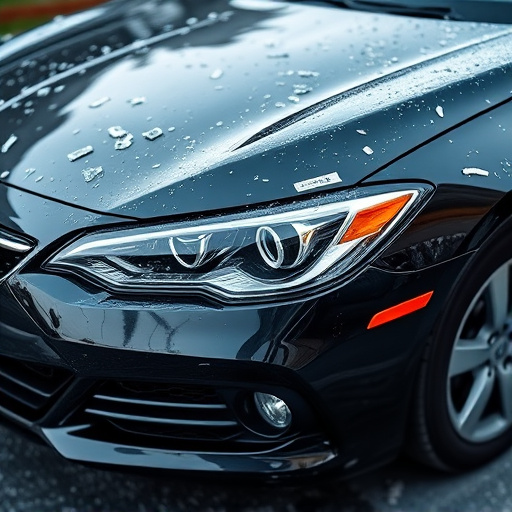C-pillar repair in hybrid and electric vehicles (HEVs) is a specialized field due to these cars' complex structural designs, battery packs, and advanced technology. As HEVs age, precise repair techniques using computer-aided design (CAD), automated welding robots, laser cutting, and advanced adhesives are crucial for maintaining safety, performance, and minimal impact on vehicle technology integration.
In the rapidly evolving automotive landscape, C-pillar repair for hybrid and electric vehicles (HEVs/EVs) is a specialized area gaining prominence. The C-pillar, crucial for structural integrity and passenger safety, faces unique challenges in these advanced vehicles. This article delves into the intricate world of C-pillar repair, exploring its structure, common damage scenarios, and the advanced technologies revolutionizing this process. Understanding these aspects is vital for maintaining the safety and efficiency of HEVs/EVs.
- Understanding C-Pillar Structure in Hybrids and EVs
- Common Damage Scenarios and Their Causes
- Repair Techniques and Advanced Technologies Used
Understanding C-Pillar Structure in Hybrids and EVs

In hybrid and electric vehicles (EVs), the C-pillar is a structural element that connects the roof to the side body panel, playing a crucial role in vehicle rigidity and safety. Unlike conventional cars, the C-pillar in hybrids and EVs often integrates components like battery packs or hybrid systems, adding complexity to its design and repair process. When it comes to C-pillar repair, understanding these unique structural and functional considerations is essential.
Repairing a damaged C-pillar in these vehicles requires specialized knowledge and equipment to ensure structural integrity and performance. In the case of Mercedes Benz models (a popular EV and hybrid brand), accurate alignment and precise techniques are vital to maintain vehicle dynamics and overall quality. Many collision centers now offer advanced services for C-pillar repair, utilizing state-of-the-art tools and trained technicians to handle these intricate repairs effectively, enhancing safety and aesthetics without compromising the vehicle’s performance or technology integration.
Common Damage Scenarios and Their Causes

In the dynamic landscape of automotive technology, hybrid and electric vehicles (HEVs) have emerged as game-changers, offering efficient and eco-friendly transportation options. However, like any vehicle, they are not immune to damage, particularly when it comes to structural components such as the C-pillar. Common scenarios include impact-related damages from accidents or road debris, where the force can bend, crack, or even break this critical structural element. Another frequent cause is gradual wear and tear due to environmental factors like extreme weather conditions, which can weaken the pillar over time.
Additionally, the unique construction of HEVs may present specific challenges. For instance, the integration of battery packs and advanced electrical systems could make repairs more complex, requiring specialized skills and knowledge in both auto glass repair and luxury vehicle repair. Moreover, as these vehicles age, issues like corrosion can set in, impacting not just the C-pillar but also other components, underscoring the need for prompt attention to prevent further damage, especially when considering the higher costs associated with car dent removal in such models.
Repair Techniques and Advanced Technologies Used

In the realm of C-pillar repair for hybrid and electric vehicle models, advanced technologies have revolutionized auto body repair. Traditional methods are complemented by sophisticated tools and techniques that ensure precise and structural integrity restoration. These innovations include computer-aided design (CAD) systems, which allow for exact measurements and custom solutions tailored to specific vehicle makes and models.
Automated welding robots and laser cutting equipment further enhance the accuracy and speed of C-pillar repair. Such technologies not only streamline the process but also maintain the high standards required in vehicle restoration. Additionally, advanced adhesives and structural bonding compounds ensure that repairs are as strong as the original components, contributing to optimal vehicle performance and safety during auto maintenance routines.
C-pillar repair is a specialized service that ensures the structural integrity and safety of hybrid and electric vehicles. By understanding the unique C-pillar structure, addressing common damage scenarios, and employing advanced repair techniques, technicians can effectively maintain these vehicles’ performance and longevity. This specialized knowledge is crucial for keeping EV and hybrid models in optimal condition, catering to the growing demand for sustainable transportation solutions.
